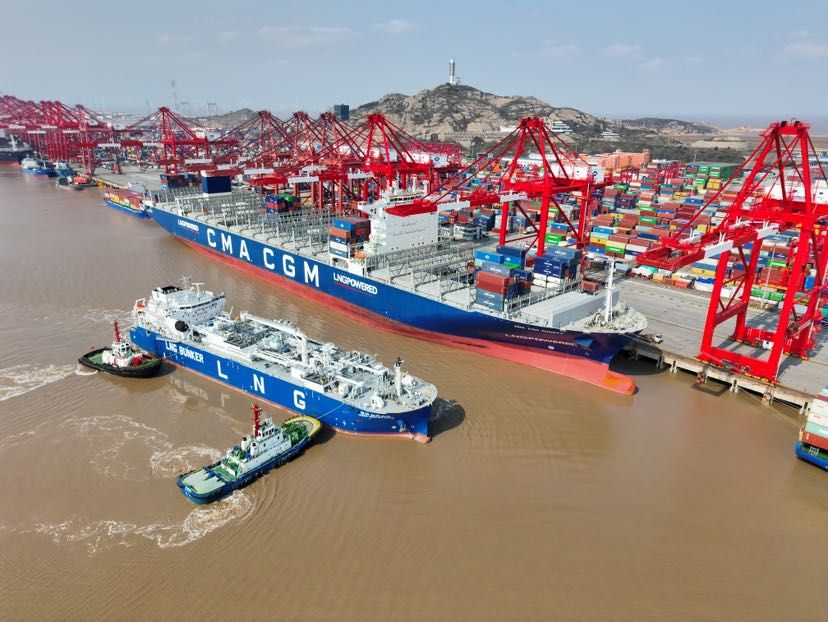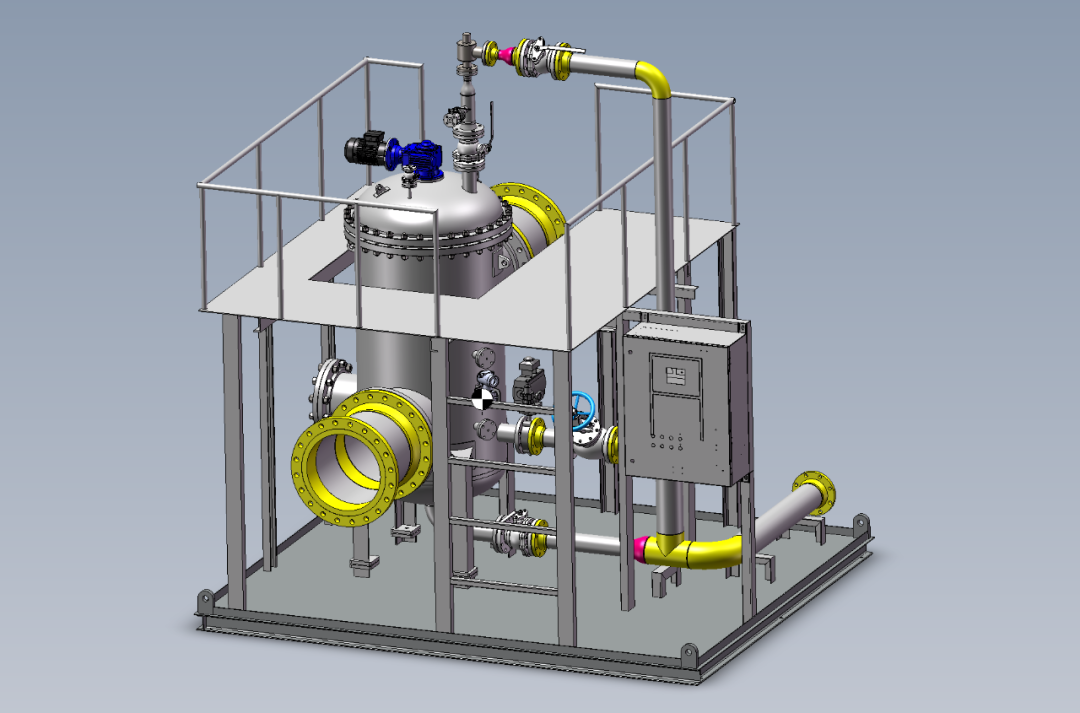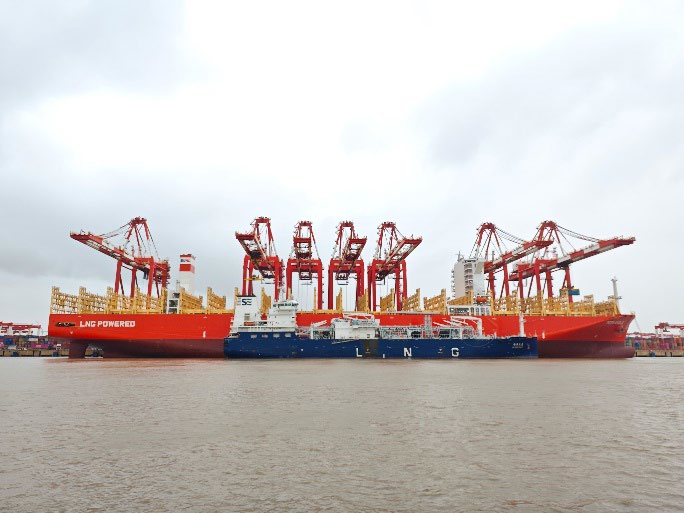
The exponential growth in installed LNG tank capacity points to a potential boom in LNG for larger vessels over the coming years, according to Martin Wold, head of the Alternative Fuels Insight (AFI) platform at DNV GL – Maritime.
Is shipping at a turning point in terms of its fuel mix? AFI head Martin Wold suggested that the rapid growth in installed LNG tank capacity could mark the start of a new era in ship fuel.
“There are now 163 LNG-fuelled ships in operation and a further 155 ships on order,” he said. “Order intake for LNG-fuelled vessels has remained steady for several years now at around 40 ships per year. However, in 2019 we have already passed 40 new orders in the first five months, which could be a sign that the pace for LNG fuel investments is picking up.”
Wold added that the AFI platform shows that installed LNG tank volume will more than triple from around 100,000 cubic meters today to the end of 2020. This represents large tanks in large vessels, propelled by the introduction of LNG fuel in the cruise, container and tanker segments.
“The 2020 ‘sulphur cap’ seems to have accelerated LNG adoption, especially for larger ships, which could be good news for the industry, increasing fuel availability and improving asset utilization,” Wold said.
The number of vessels with scrubbers stood at 3,553, said Wold, but this could be higher as some manufacturers did not report orders on a regular basis.
“The boom of 2018 seems to have leveled off somewhat, but new orders keep coming in. There are more than 2,000 installations reported to be completed in 2019, which would mean by the start date of the ‘sulphur cap’ almost 3,000 scrubber vessels will be in operation,” he said. “However, due to the complexity of scrubber retrofits, we expect that not all of these vessels will be on the water by 2020.”
Source:LNG World News
The opinions expressed herein are the author's and not necessarily those of The Xinde Marine News.
Please Contact Us at:
admin@xindemarine.com


 WOODSIDE AND CHINA RESOURCES AGREE LONG-TERM LNG SU
WOODSIDE AND CHINA RESOURCES AGREE LONG-TERM LNG SU  Shanghai Yangshan Port Bunkered Two LNG Powered Con
Shanghai Yangshan Port Bunkered Two LNG Powered Con  Headway successfully delivers filtration skid solut
Headway successfully delivers filtration skid solut  Celebrating the Launch of “Green Energy Pearl” –
Celebrating the Launch of “Green Energy Pearl” –  PIL and SSES complete the inaugural LNG bunkering o
PIL and SSES complete the inaugural LNG bunkering o  BW LNG secures e-procurement deal with Procureship
BW LNG secures e-procurement deal with Procureship